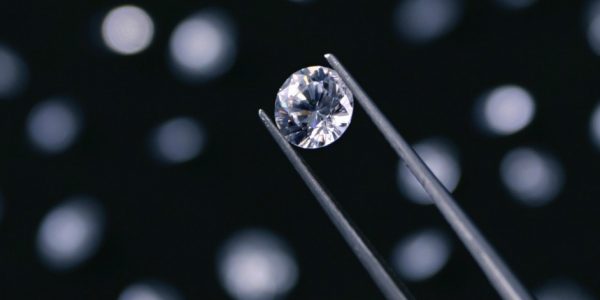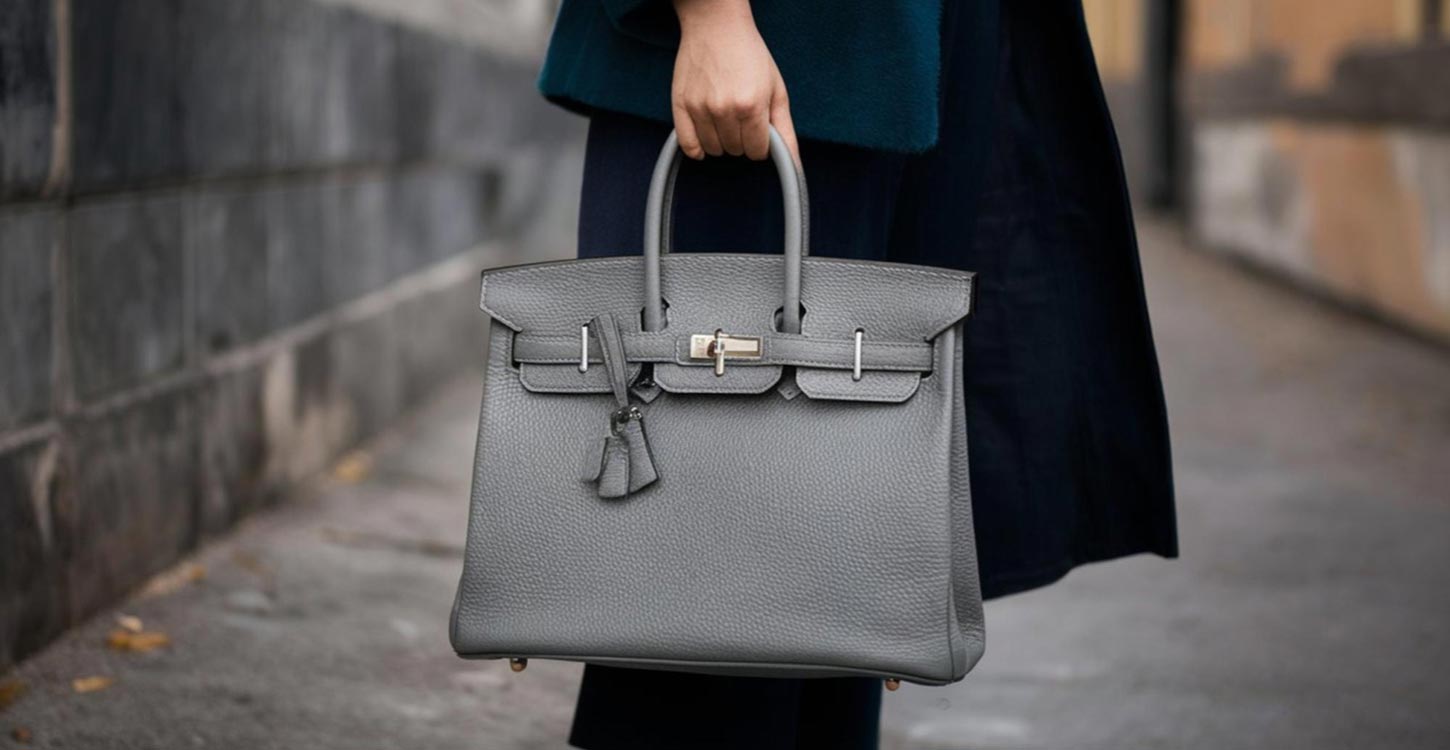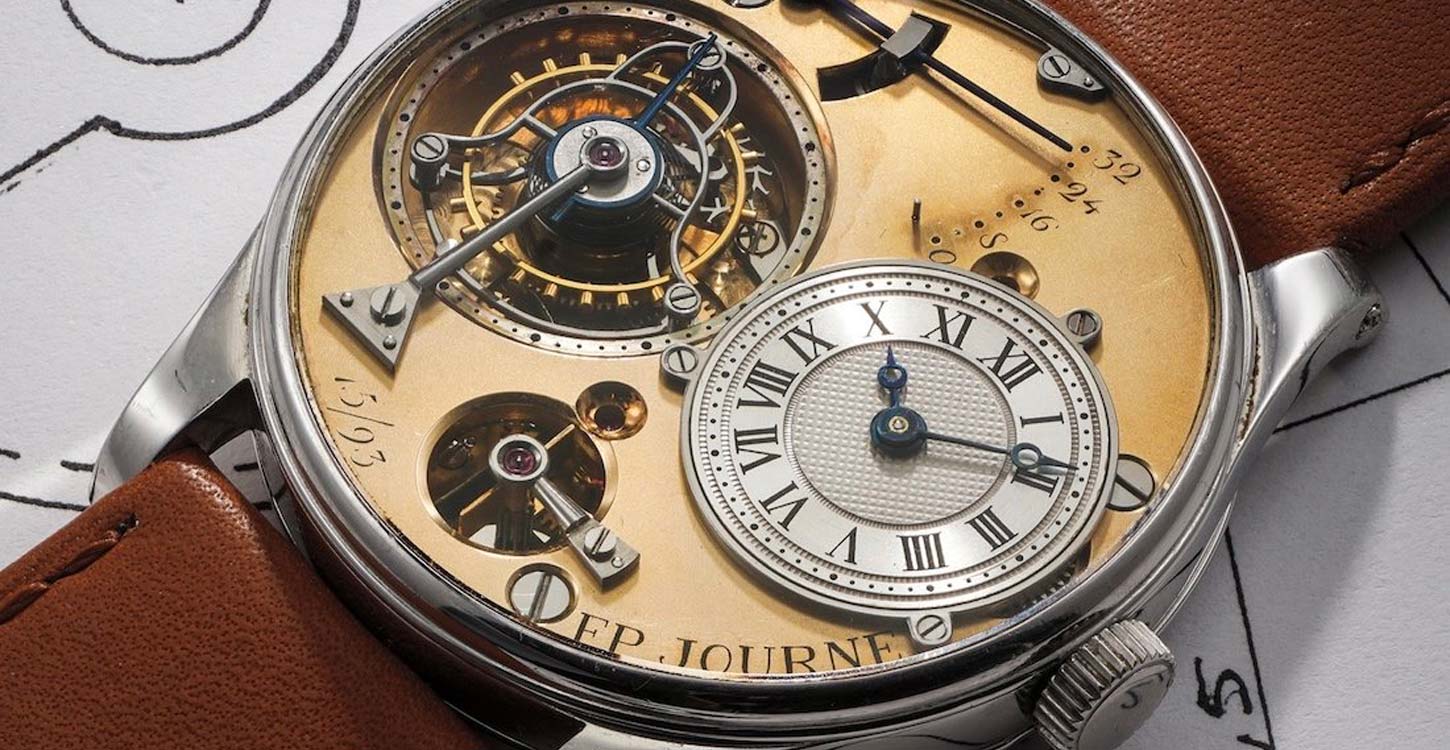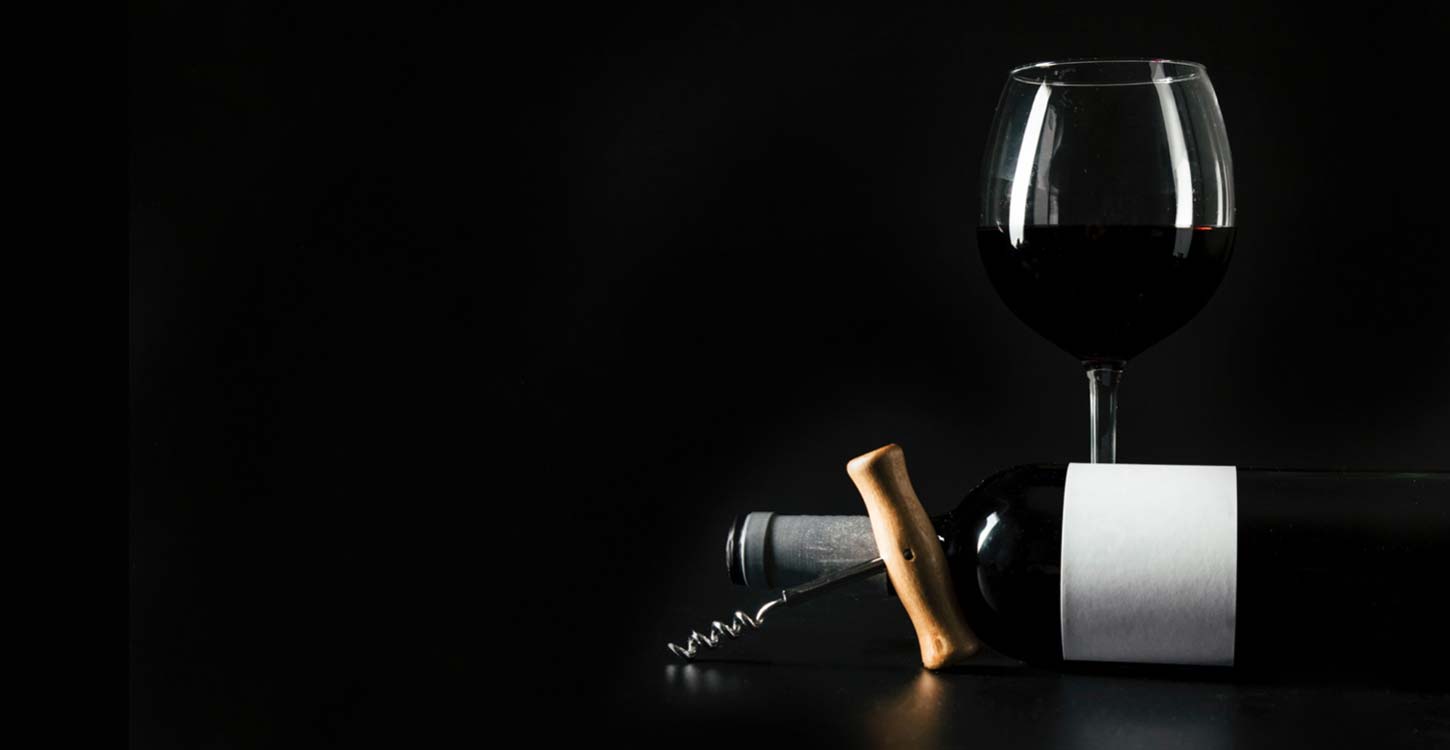Earlier this month, a Sotheby’s auction in Geneva saw previous world record prices smashed for certain gems.
The sums fetched by these pieces were truly incredible and will have many investors wondering if they could allocate some of their portfolioto fine jewels.
The Magnificent Jewels and Noble Jewels auction generated revenue of CHF149m (around £102m), which is the highest ever total for a various-owner jewellery collection. One of the highlights, and record-breakers, was the “Sunshine Ruby” – an exceptional and immeasurably rare 25.59 carat Burmese stone which more than doubled its pre-sale estimate and finally sold for CHF28.3m, marking a new world record for a ruby at auction.
Another highlight, which fetched the lower but still-stunning sum of CHF14.8m, was the “Historic Pink Diamond”, which is believed to have been part of the collection of Princess Mathilde, niece of Napoleon I.
Readers may also recall the April sale (also by Sotheby’s, but this time in New York) of a rather magnificent diamond. Billed as 100-carat “perfect” diamond, this fabulous piece sold for $22.1m.
These sales are clearly exceptional and there is actually ample opportunity to investing in jewellery at a more accessible level. So, what should those considering buying a diamond or rare gem bear in mind?
An investor’s checklist
The first decision you must make is how much you would like to spend and then where you would like to buy your piece from. You must ensure that you buy from the best place (and person). That certainly won’t be a retail shop, where mark-ups can be astronomical; nor will it be a “boiler room” salesperson, who will typical claim to be selling you part of a large diamond that you will never see. Before buying anything, you must ensure that you will be the full owner of the stone and can take physical delivery of it.
If you are buying diamonds in the UK, the person that you buy from should be a member of the London Diamond Bourse. In the spirit of “better safe than sorry”, it may also pay to do some due diligence by checking on their background and that of the company they represent.
Having made your purchase, the best way to store your stone is in a safety deposit box. These may have got some bad press recently, due to the now-notorious Hatton Garden raid which took place over Easter, but this really was a one-off. Safety deposit facilities are usually paragons of security and there are plenty of reputable companies out there.
That said, while it will save you money on your insurance premiums to keep your precious stone in a safe, many will feel that this almost defeats the purpose of investing in a piece that is meant to be worn and enjoyed. If you will be wearing yours, you must make sure you have adequate insurance cover – no matter how seldom the piece gets an outing.
Choosing a diamond
When it comes to choosing which diamond to buy, it is far easier to find a guide price for a white diamonds of up to 10 carats, since dealers in the trade go by a benchmark known as the “Rapaport Price List”. There is, however, no such thing for coloured diamonds, which are far rarer. It is estimated that for every 10,000 carats of white diamonds mined there is just 1 carat of natural yellow diamonds. After yellow, the other natural coloured diamonds become rarer still, with the most expensive being blue and pink.
In November 2014 a 9.75 carat fancy vivid blue diamond sold at a Sotheby’s auction in New York for $32.6m, shattering its estimate of $15m and setting a new world record for a blue diamond. The previous auction record for any blue diamond was $24.3m, set by the Wittelsbach Diamond at Christie’s London in December 2008. The previous per-carat auction record for any diamond was nearly $2.4 million, set by a 14.82 carat fancy vivid orange diamond at Christie’s in Geneva in November 2013. This makes it one of the best alternative investments.
Again, these are mind-boggling sums which should certainly not put the more modest investor off. As a member of the London Diamond Bourse, and a board member there too, I am able to source and supply investment grade diamonds from all around the world to suit all budgets. As a medium to longer term investment, there may well be a place in your portfolio for investing in jewellery – particularly at a time when economics is underscoring the attractiveness of assets with true rarity value.
Are looking for a wealth manager? You can start the process of finding a professional to manage your wealth by trying our smart online tool. Or, if you would like to discuss your situation further with our straight-talking team, please do get in touch here.





